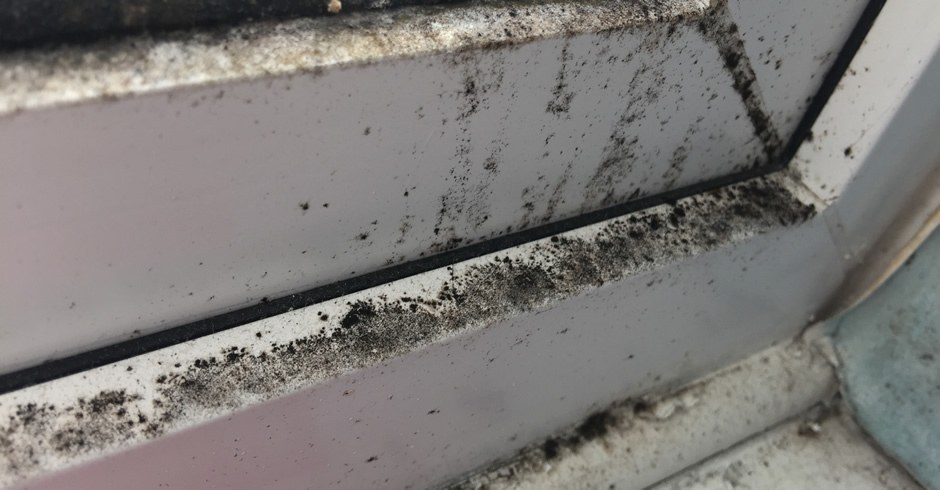Mould is a kind of fungus that develops from airborne spores. It can grow anywhere in homes from walls, pipes and ceilings through to carpets, clothing and paper with mildew and black mould the telltale signs. Not only can this impact the air quality in your home, it can have a detrimental effect on health too. The young, the elderly and those with respiratory issues are particularly at risk. We take a look at mould prevention and what you can do to help ensure it doesn’t develop in your home.
Find and eliminate moisture sources
Mould grows wherever there is moisture with any signs of damp a result of condensation and rising or penetrating damp. Initially, you should do an audit of your property to identify any problem areas. You could also check your home’s humidity level with a hygrometer.
Ventilate the bathroom…
Moisture builds up quickly in the bathroom so it’s important it’s sufficiently ventilated. If it’s possible, keep the window ajar and the door open. Moisture can develop in the air but also on the walls too so where possible wipe down the walls to lessen the risk of mildew appearing.
…and the kitchen
Similarly, your kitchen is another room at risk whether you’re boiling the kettle or cooking a meal. Make sure you use your extractor fan if you have one. If you don’t, keep the kitchen door closed to contain the moisture and open a window afterwards. This will help stop condensation settling on the wall and ceiling.
Clean up spillages
It doesn’t take long for mould to develop on wet work surfaces or floors so make sure any spillages are cleaned up swiftly.
Check your appliances
Kitchen appliances like fridges all have drip trays and these need to be checked regularly to ensure they’re not leaking, spilling or collecting mould.
Don’t overfill bedrooms
Bedroom wardrobes can be a breeding ground for black mould as it prevents air from circulating. Likewise, make sure there is space around your bedroom furniture and it’s not leaning up against an external wall.
Dry clothes outside where possible
Drying your clothes on a radiator is another way to create condensation in the home. Of course hanging clothes outside isn’t an option in the winter months so instead keep these aired in a well-ventilated room. Ideally with the window open. If you’re using a tumble dryer, make sure the room is vented correctly so that the moisture is outside your home. Don’t leave wet clothes lying around either as mould can spread quickly.
Check your houseplants
Mould loves house plants and the moist soil provides a great breeding ground. Make sure you keep the soil clean and add an anti-fungal to it that acts as a deterrent.
Keep ground water away from your home
As well as checking the inside of your home, you should also do an audit of the outside. Check there is no ground water collecting around the brickwork of your home.
Clear guttering
Leaking guttering and roofs can be causes of mould too. Have these checked and inspected for damage on a regular basis and keep an eye out for stains inside that can be a sign there is a leak outside.
If you’re looking for a sure fire way to prevent mould, however, damp control specialists Schrijver has a chemical-free damp treatment that’s eco-friendly. The Schrijver System reduces moisture from external, rather than interior, walls and it’s guaranteed for life. All the work is undertaken from outside your property as the system uses natural airflow to reduce moisture levels in the external brickwork. This results in lower humidity levels and continuous protection from damp.

